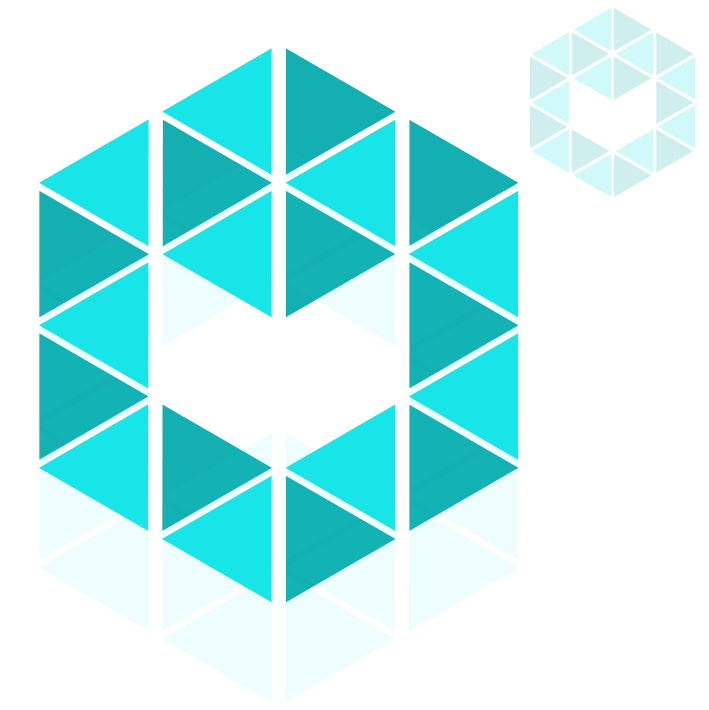In many cases clinical data cannot leave the premises of the healthcare organization that collects them. The TERMINET platform, as used in the personalized healthcare use case, offers the edge components to increase the capabilities and resources at the hands of healthcare professionals when working with data from different clinical sources, but also when mixed with real-world data from other sources. Specifically, TERMINET offers operational improvements in two important aspects:
- Provision of clinical data in dashboards offered by third-party systems: Innovation Sprint offers Healthentia, a secure big data platform for collecting and analyzing real-world data. The Healthentia dashboard is enriched with clinical data using a suitably modified version of the TERMINET installed at the premises of healthcare organizations. As a result, healthcare professionals have at their disposal a richer set of resources (composite clinical and real-world data analytics), improving their analytics experience by eliminating the need to use different tools, and offering them more decision capabilities.
- Federated learning of models: The same modified version of TERMINET is used to collect at the edge (healthcare institution) both clinical data and Healthentia real-world data, combine it and transform it into feature vectors suitable for learning models. Similar processes are carried out at other edge nodes, and a global model is trained in a federated way across different healthcare institutes. The application of such models enhances the healthcare professionals’ decision capabilities.
Innovation Sprint is building the dedicated edge components that will become part of the Healthentia ecosystem, complementing the platform components for managing and processing data, this time facilitating operations on data at the edge. These are:
- Local Data Connector (LDC): The LDC facilitates the proper visualization of clinical data about a particular patient in the Healthentia subject-level dashboard, while the clinical data remains at the edge, without being ingested into the Healthentia platform.
- Local Learning Services (LLS): The LLS facilitates model learning at the edge, employing the Innovation Sprint algorithms at the premises of the healthcare institutions, combining there the clinical and the Healthentia real-world data.
The healthcare institutions hosting the edge servers can use these Innovation Sprint edge components, alongside the rest of the TERMINET edge components for security and federated learning.
The adoption of TERMINET by healthcare institutions is expected to improve the following:
- Improve the hospital’s efficiency by reducing the average length of patients (below 4 days)
- Improve the speed and reliability of analysis
- Improve the hospital’s ability to provide quality care for its patients
- Increased satisfaction of patients for their stay and care services
